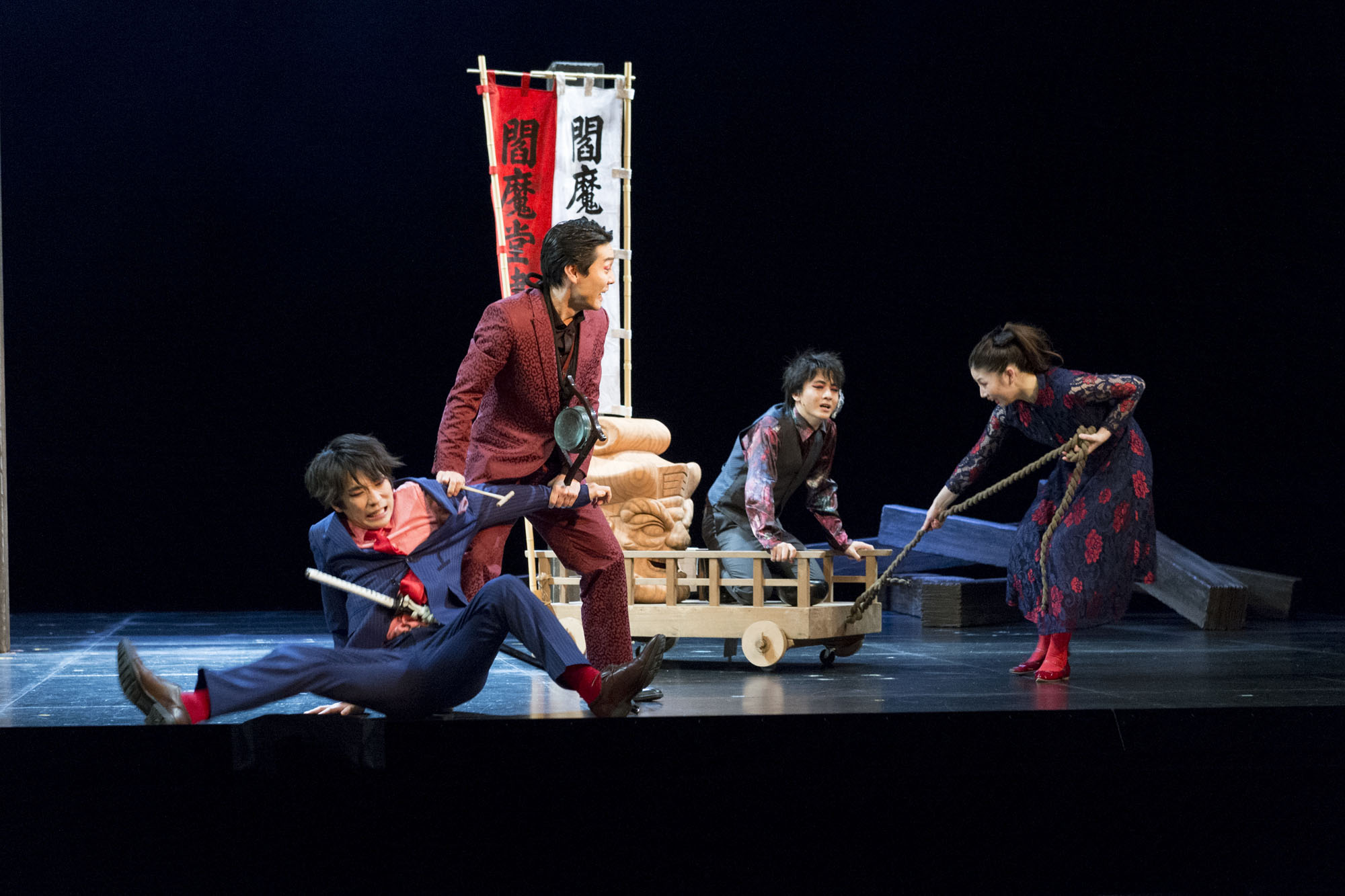For many people, the mention of kabuki brings to mind images of exaggerated makeup on actors' white-painted faces, beautiful kimono costumes and colorful sets with dramatic backdrops.
Then there are the distinctive standardized movements; classic poses (mie) expressing certain emotions; the precisely choreographed fights and swordplay (tachimawari); and styles of acting (kata), which are passed down through the generations of each family of performers.
In contrast, few people have likely heard of the Kinoshita-Kabuki company founded in 2006 in Kyoto, birthplace of the traditional performing art some four centuries ago.



















With your current subscription plan you can comment on stories. However, before writing your first comment, please create a display name in the Profile section of your subscriber account page.